Solar Panel Wiring to Solar Inverter:
This diagram shows how to make solar panel wiring to the solar inverter. In this circuit, we use a 150W solar panel board, a solar control regulator, an SPST switch ( Single Pole Single Throw ), an LED light, a 12V DC Battery, an inverter, a 3-pin power socket, and an LED TV. This circuit is very simple and easy to make. If you want to know more clear details about this circuit please check our youtube video below the post.
Advertisements
Components needed For this Project:
You can get the components from any of the sites below:
- Solar Panel 100W [See Buy Click Amazon]
- Solar Panel Charge Controller [See Buy Click Amazon]
- 12V Battery[See Buy Click Amazon]
- IPS System 3KW [See Buy Click Amazon]
- Gang Socket [See Buy Click Amazon]
- Gang Switch [See Buy Click Amazon]
- CFL Light [See Buy Click Amazon]
- [tv_led]
*Please note: These are affiliate links. I may make a commission if you buy the components through these links. I would appreciate your support in this way!
Advertisements
Components used to make the Solar Panel Wiring to Solar Inverter:
A solar Panel is a Device That Converts Light From the Sun, Which is Composed of Particles of Energy Called, into Electricity that can be Used to Power Electrical Loads. Solar panels Collect Clean Renewable Energy in the Form of Sunlight and Convert that Lamp into Electricity Which can Then be Used to Provide Power for Electrical Loads. Solar Panels Are Comprised of Several Individual Solar Cells Which are Composed of Layers of Silicon, which provides the negative charge, and boron. Solar Panels Absorb the Photons And in Doing so Initiate an Electric Current.
02. Solar Regulator:
A solar Charge Controller is an Electronic Device That Manages the Power Going into the Battery Bank from the Solar Array. It Ensures That the Deep cycle Batteries are not Overcharged During the day and That the power doesn’t run back to the Solar Panels overnight and Drain the batteries. A Solar Charge Controller Manages the Power Going into the Battery Bank From the Solar Array. Some Charge Controllers are Available with Additional Capabilities, load Control, and Lighting, but Managing the power is its Primary Job. A Solar Charge Controller is Available in two Different Technologies, PWM and MPPT.
A 12V Battery is Available As a Non-Rechargeable Alkaline Battery Or In Rechargeable Forms. This Battery is Often Used in Various Outdoor Applications that Require Greater Amounts of Energy in Order to Operate as Desired. 12V Battery is a Name Given to a Unique Style of Battery, but its Voltage is More Than 12 Volts. In Such Cases Where a 12V Portable Battery is Used to Replace an onboard 12-volt Battery, It Is Usually Lighter Than a Standard Version. This is Because It is more likely to be Transported Between Uses and Consumers Will Not Choose to Carry a Large, Bulky Battery. A Portable 12V Battery is Usually Sealed in a case so That it is Waterproof.
04. Inverter:
An inverter is an Electrical device that converts DC current into alternating current (AC) at any voltage and frequency system that can be operated through suitable Transformers, switches, and control circuits. Inverters have no moving parts and are used in a wide range of applications, including high-voltage DC applications in electrical utilities that provide large amounts of power. Inverters are Commonly used to supply AC Power from DC Sources such as Solar Panels or Electric Batteries.
A Power Socket is a Device to Which Electrical Devices Can Be Connected to Receive the Electric Current Required For Their Operation. Connected by a System of Cables to a Power Source, Usually, an Electricity Generation Facility operated by an energy Production company, generally has no moving parts. Instead, it contains metal strips that make contact with the prongs of an Electric plug inserted into the socket. It is Through these Contacts That the Electric current is Transmitted. Electrical Devices that connect to a Power Source Through a Power Socket are Considered to be Portable Because they can easily be Connected and Disconnected From the Power Source.
06. Switch:
An SPST (Single Pole Single Throw) Switch is a Switch That only Has a Single Input and can Connect Only to one Output. This means it Only Has one Input Terminal and Only 1 Output Terminal. A Switch is a Mechanical or Controlling Device That Changes the Flow of Current Direction or Interrupts the Flow of Current Within a Circuit diagram. An electrical line using Single Pole Single Throws (SPST) is Perfect for on-off switching. When the SPST is closed, the Circuit is Closed and the light from the lamp switches on the system. When The Single Pole Single Throw (SPST) is then opened, the light from the lamp goes out and the Circuit is off.
CFL stands for Compact Fluorescent Lamp which is an improved version of tube lights of earlier days. Like tube lights, it is a vacuum glass tube with fluorescent powder coating which is not as long and straight as tube lights but curved/twisted compact, or small in size. Like a tube light, it has electrodes or filaments at both ends. But in this case, instead of a choke, there is an electronic circuit that drives the Compact Fluorescent Lamp. Because the red wave is less in the light of the Tubelight and Compact Fluorescent Lamp, the object looks a little pale or the correct color of the object does not appear.
08. TV:
LED TVs can now be used as monitors. VGA & HDMI input options are provided on the TV. From these 2, you can connect your CPU to your CPU and use the TV as a monitor. In a word, we are more or less familiar with LEDs. It can be anything from LED bulbs to LED TVs. The LED system works on the electroluminescence method. Electroluminescence is an optical phenomenon in which light is produced in response to electric waves passing through a material.
Thank You for visiting the website. Keep visiting for more Updates.
Read more Solar System Wiring
Electrical inverter house wiring
Electrical inverter house wiring: This diagram shows how to make Electrical inverter house wiring. In this circuit, we...
Solar panel wiring using Two charger controllers
Solar panel wiring using Two charger controllers: This diagram shows how to make Solar panel wiring using Two charger...
Solar Panel Wiring Connection In House
Solar Panel Wiring Connection In-House: This diagram shows how to make Solar Panel Wiring Connection In House. In this...
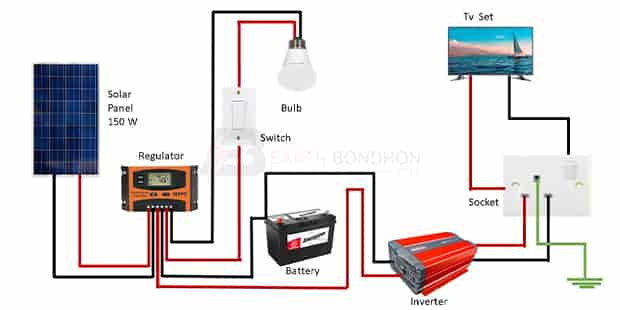
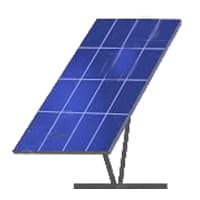
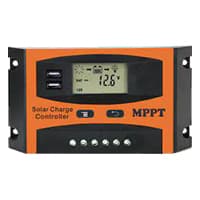


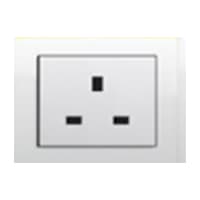
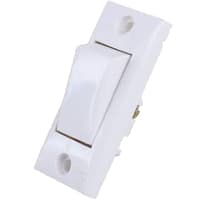
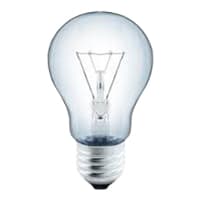

0 Comments